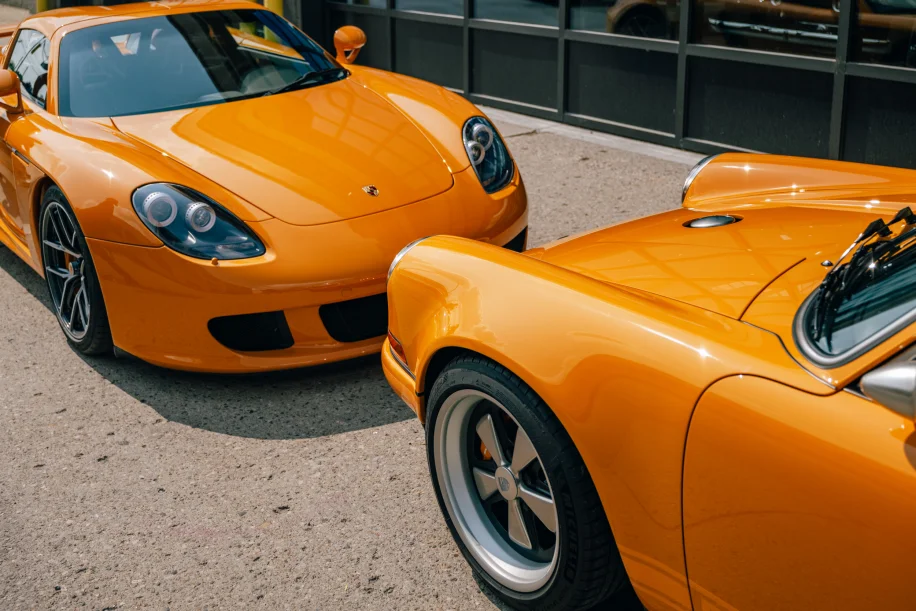The emergence of luxury performance automobiles
Supercars and hypercars have long been symbols of aspiration, but in recent times, they’ve evolved into more than mere dream machines. Automakers are stretching the boundaries of luxury and performance, engineering vehicles that are not only incredibly quick but also adorned with the finest materials and technology imaginable. It’s no longer solely about the speed at which you can reach 100 km/h, but rather about how enjoyably you can do so while enveloped in leather that rivals the softness of a koala’s embrace.
A walk through automotive history reveals just how rapidly things have progressed. In the past, a Porsche 911 Turbo or a Ferrari 458 might have represented the zenith of car enthusiast desires. Today, however, the competition has intensified significantly. Brands like McLaren, Bugatti, and Lamborghini are ramping up the challenge with vehicles that are just as focused on luxury as they are on exhilarating performance. And we can’t overlook the electric revolution—Tesla’s Plaid model is giving established exotics a serious challenge.
Moreover, it’s not just the household names in play. Niche manufacturers are joining the fray, as companies like Rimac and Koenigsegg forge hypercars that resemble spacecraft on wheels. The appetite for these ultra-premium vehicles is surging, particularly in regions like Australia, where wealthy enthusiasts eagerly invest millions in automobiles that are sure to grab attention from Bondi to the Outback.
Let’s be honest, speed is no longer the sole focus. While these cars can still dominate the racetrack, they are also stunning showcases of what can be achieved in craftsmanship, technology, and aesthetics. From hand-stitched interiors to pioneering aerodynamics, not to mention that many are equipped to practically drive themselves, these vehicles are transforming the definition of a luxury performance car.
Revealing the newest supercar advancements
In the realm of supercar advancements, the standard keeps climbing higher than a kangaroo’s leap. Each year, manufacturers unveil new technology that enhances these machines, making them faster, smarter, and more efficient. We’re far beyond simply installing a more powerful engine—now, the landscape has shifted. It revolves around hybrid powertrains, sophisticated aerodynamics, and lightweight materials that would leave a Formula 1 vehicle envious.
Let’s begin with the engines. Traditional V8s and V12s are still prevalent, but they’re increasingly combined with electric motors to form hybrid powerhouses generating torque that surpasses a rugby scrum. Take the Ferrari SF90 Stradale as an example; this powerhouse merges a twin-turbo V8 with three electric motors to deliver an astounding 735 kW. That’s sufficient to make your daily commute feel like a lap at Bathurst.
Meanwhile, there’s a strong emphasis on lighter, stronger materials. Carbon fibre has become a staple in modern supercars, yet manufacturers are now venturing into even more exotic materials such as graphene and carbon nanotubes. These materials are not only lighter but also stronger than anything we’ve encountered, facilitating improved performance without compromising safety. And let’s not ignore aerodynamics—current active aero systems are so sophisticated they make typical wind tunnels seem like hairdryers in comparison.
On the technological front, the excitement continues to build. Supercars are evolving into high-tech marvels, outfitted with more sensors and data processors than one could imagine. From adaptive suspension that interprets the road like an expert surfer reading waves to AI-driven driving modes that adjust to your style in real time, these cars are equal parts intelligence and power. Some models even offer augmented reality displays that project vital driving information right onto the windshield, ensuring you can maintain focus on the road—or the vista ahead.
And we mustn’t overlook the electric revolution. Brands like Rimac demonstrate that electric hypercars are more than just a trend; they signify the future. The Rimac Nevera, for example, can accelerate to 100 km/h in under two seconds, all while being as stealthy as a dingo stalking its prey. We’re entering a new age, and passionate petrolheads are beginning to take heed.
Overall, the latest supercar advancements are revealing that the future of performance goes beyond sheer power. It’s about harmonizing groundbreaking technology with breathtaking design to create machines that are as exhilarating to drive as they are to behold. If that results in vehicles that are speedier, smarter, and a tad greener, then we wholeheartedly embrace it—especially if they do so with style.
